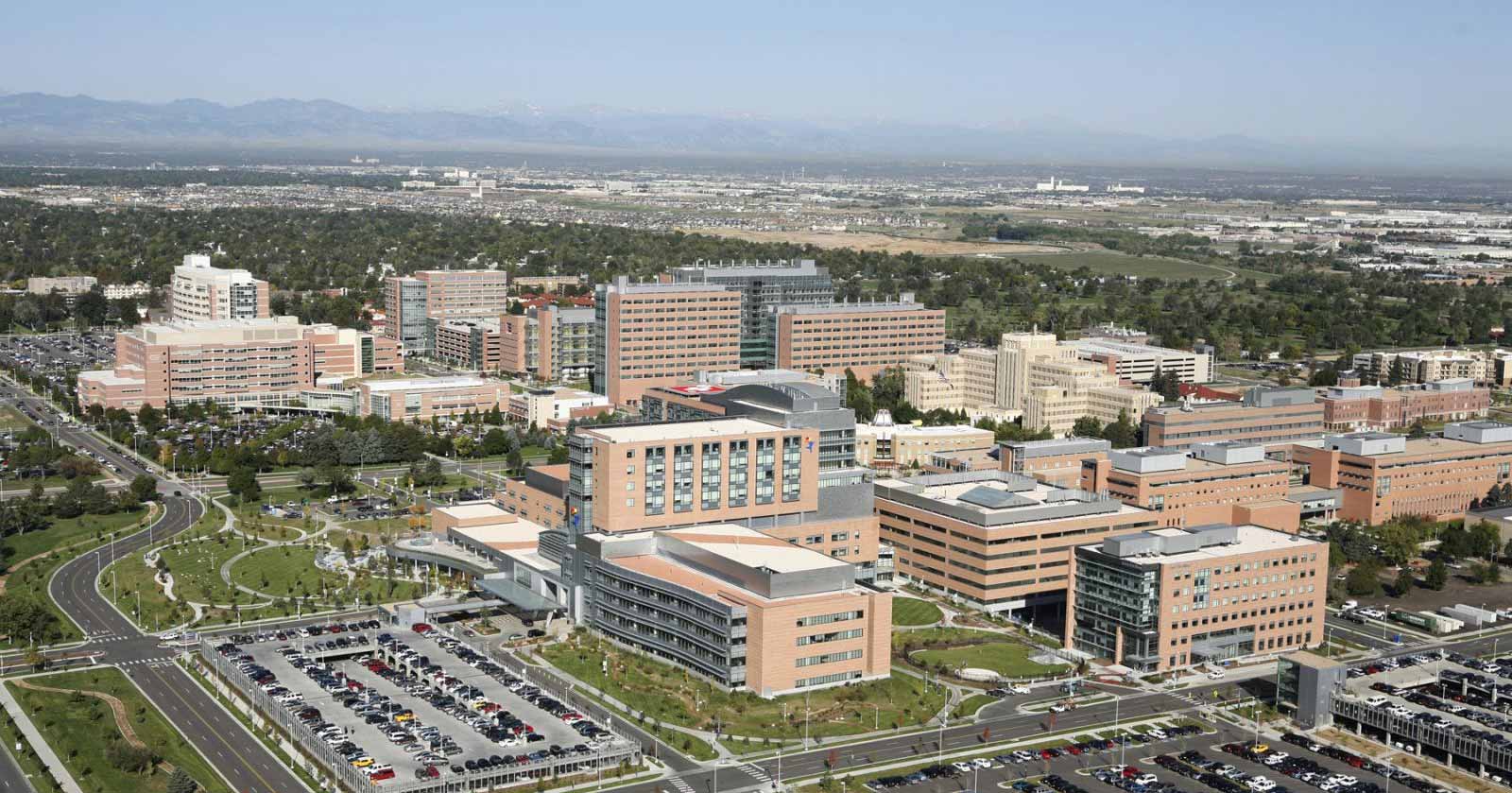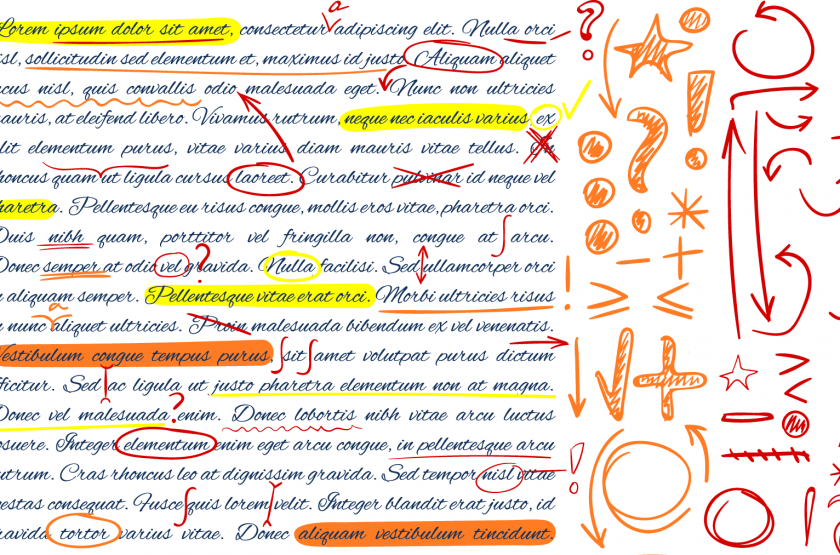Translating for the right audience – medical guideline translations
- Emily Feng
- April 26, 2016
- 6,162 views

A new study from the University of Colorado Anschutz Medical Campus shows the success of translating complex medical screening guidelines into locally relevant – and understandable – health messages. Multiple studies demonstrate that use of the process has improved cancer testing, asthma management and hypertension control. The results have been published in the paper “Reinventing the Wheel of Medical Evidence: How the Boot Camp Translation Process is Making Gains.”
The issue at stake was that complex medical guidelines regarding a variety of prevalent illnesses and preventable conditions were being formulated without the audience in mind. For example, guidelines about spotting colon cancer that are very important for public health education were not getting across to community members. Everything, from the language used to the way the information was presented, wasn’t engaging people, leading to a lack of community understanding about colon cancer particularly among rural communities already faced with less healthcare resources.
To address this issue, the University of Colorado began training more laypeople within the communities healthcare providers were trying to engage in medical terminology. They launched Boot Camp Translation, a robust eight-month program in which patients and community members become citizen experts on a clinical topic that they have previously designated as a priority. Once trained, the citizens themselves consulted on drafting messages with information they want family and neighbors to know and design dissemination methods to get health messages and materials into the community.
There are two types of translation: translation in between different language and translation between different audiences. Often, when translating content that will be consumed by multiple audiences, translators and buyers of translation must engage in both types of translation. For example, even medical guidelines were in a reader’s native language may not be comprehensible if not translated into with a vocabulary and tone appropriate for that audience.
Cultural context and human linguistic knowledge here is crucial. Often, translation for a general audience does not just involve using simpler terms and eliminating jargon. It can also include packaging content and text in a way that is most culturally relevant and familiar to a reader. This involves possessing a good grasp on not only the two languages in the language pair but also a deep understanding of what works – and doesn’t work – in each local setting. This is also why using human translation is still absolutely crucial for content intended for educational, medical, or technical purposes.
So far, the translation boot camp method studied at the University of Colorado has demonstrated improved health outcomes in communities engaged in long-term research projects with patients in rural, urban, African American and Latino communities in Colorado, Iowa, Oregon, North Carolina and Wisconsin.
This also highlights the need to use the right mixture of subject matter experts when working with medical and life science content. This content almost always contains complex jargon specific to that industry field that either needs to be translated completely accurately into another language or at the very least, translated within languages to become more accessible to different audiences. Stepes identifies subject matter experts among its translators through its mobile platform, and its challenge going forward is to empower more bilingual subject matter experts to become contribute to translation in their free time.
In a sense, the patients and community centers trained through this bootcamp translation model were subject matter experts. They understood precisely the vocabulary and preferences of their cohort. Once trained in a particular medical issue, they could “translate” for the two groups on this topic.
The principles of translating for a particular audience in mind apply to any other content that must be readily understandable to a layperson. This includes technical manuals, public notices, or any sort of marketing materials. For those buying or providing translations, keeping your audience in mind is key to getting your message across.











